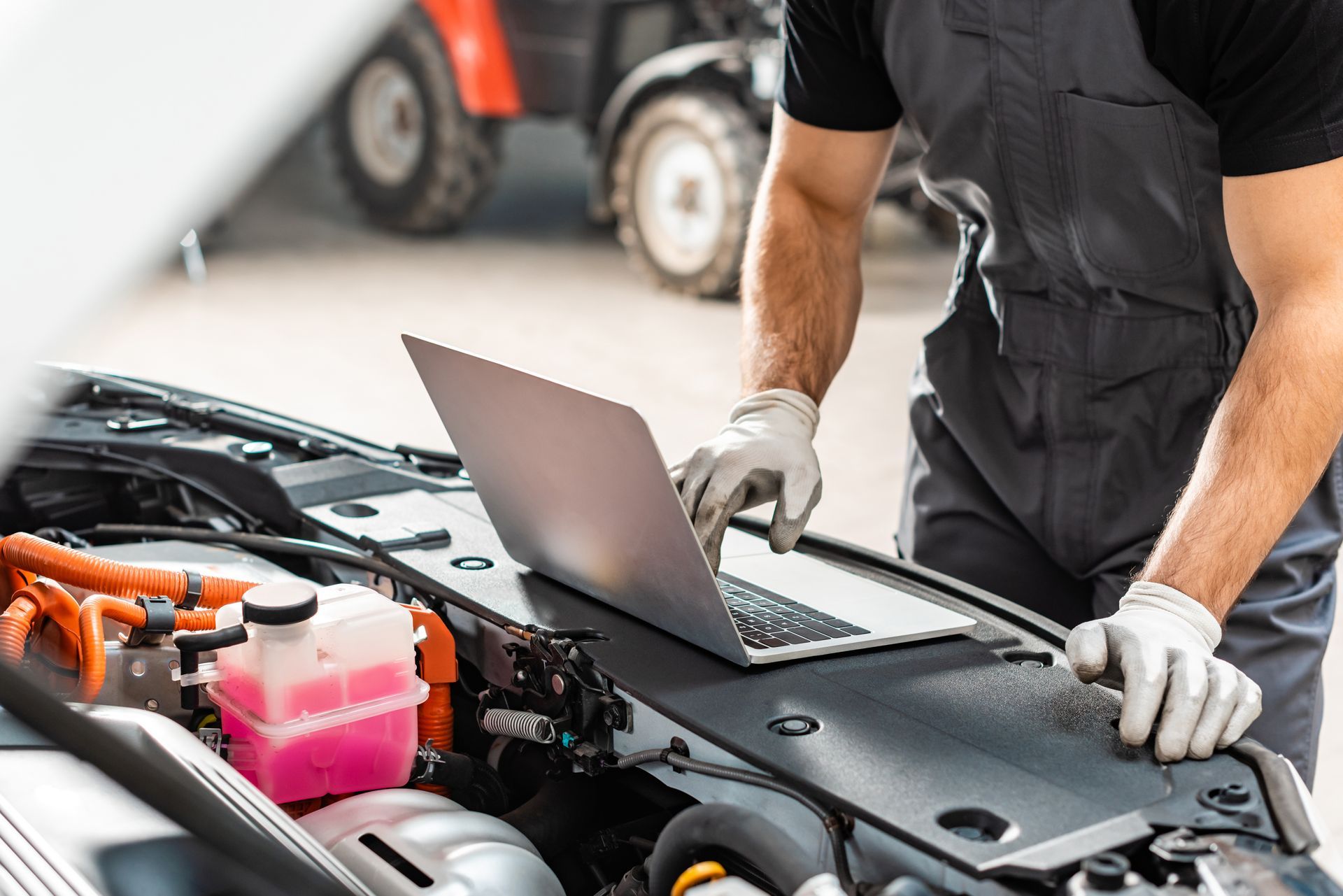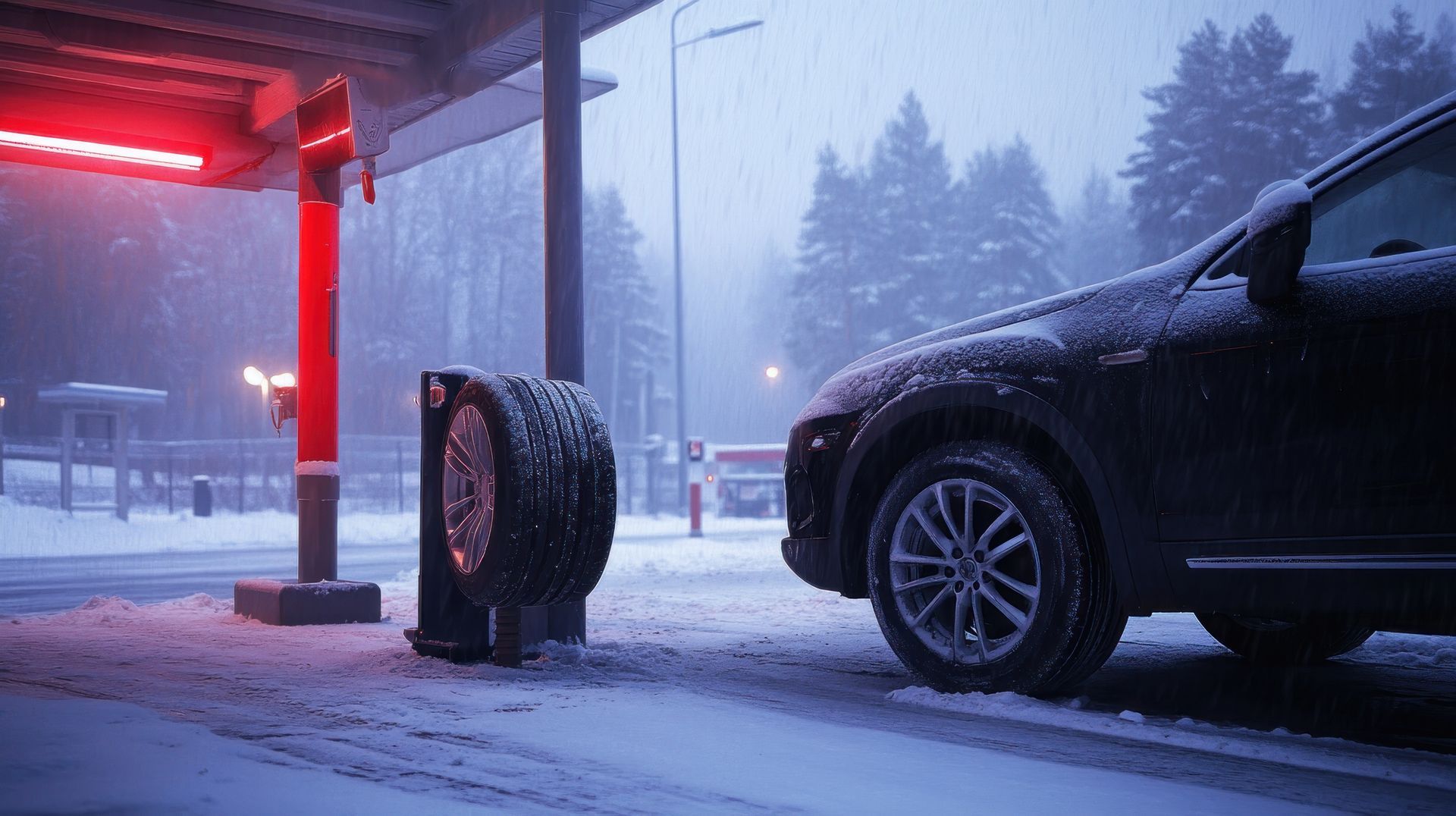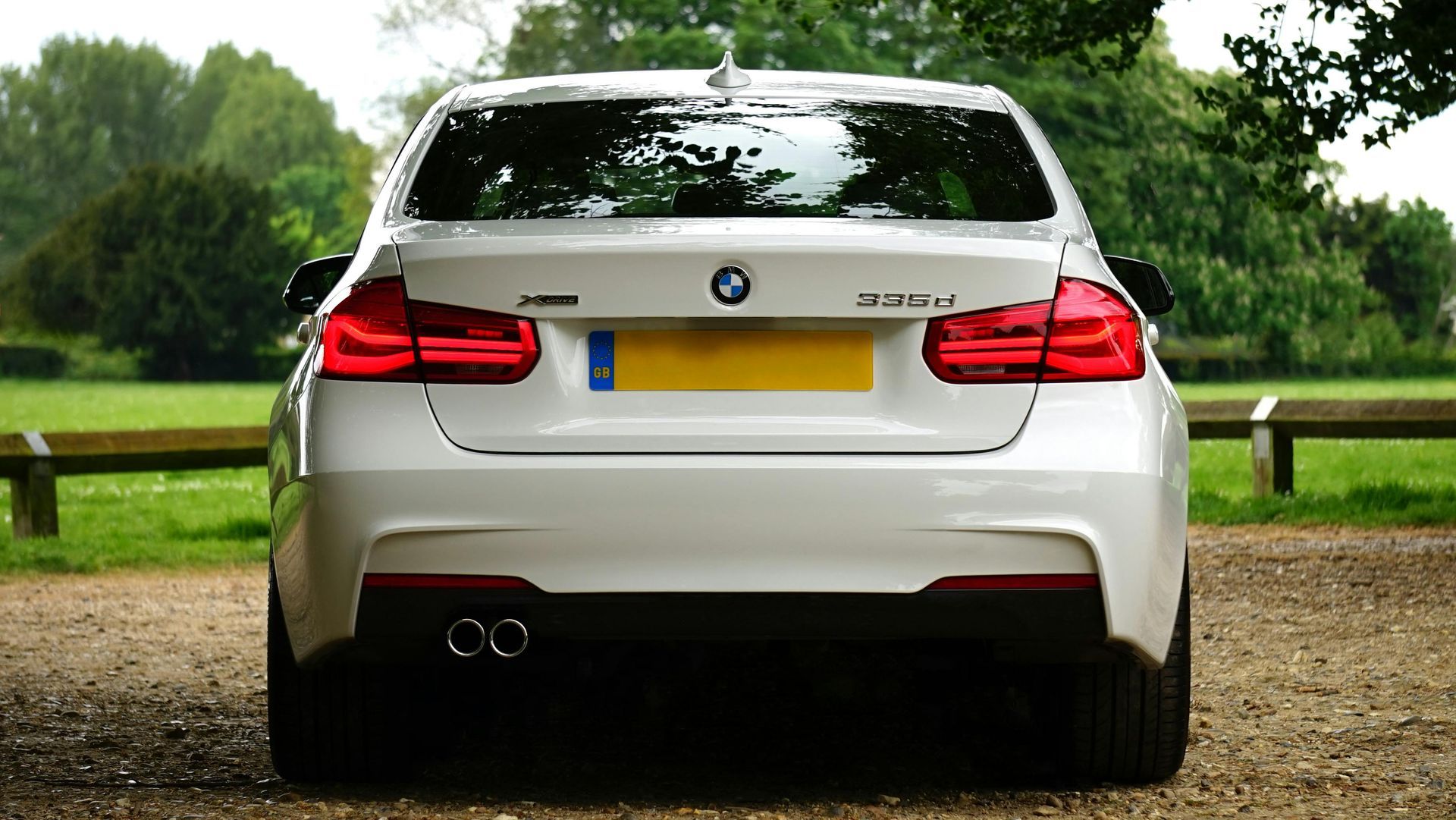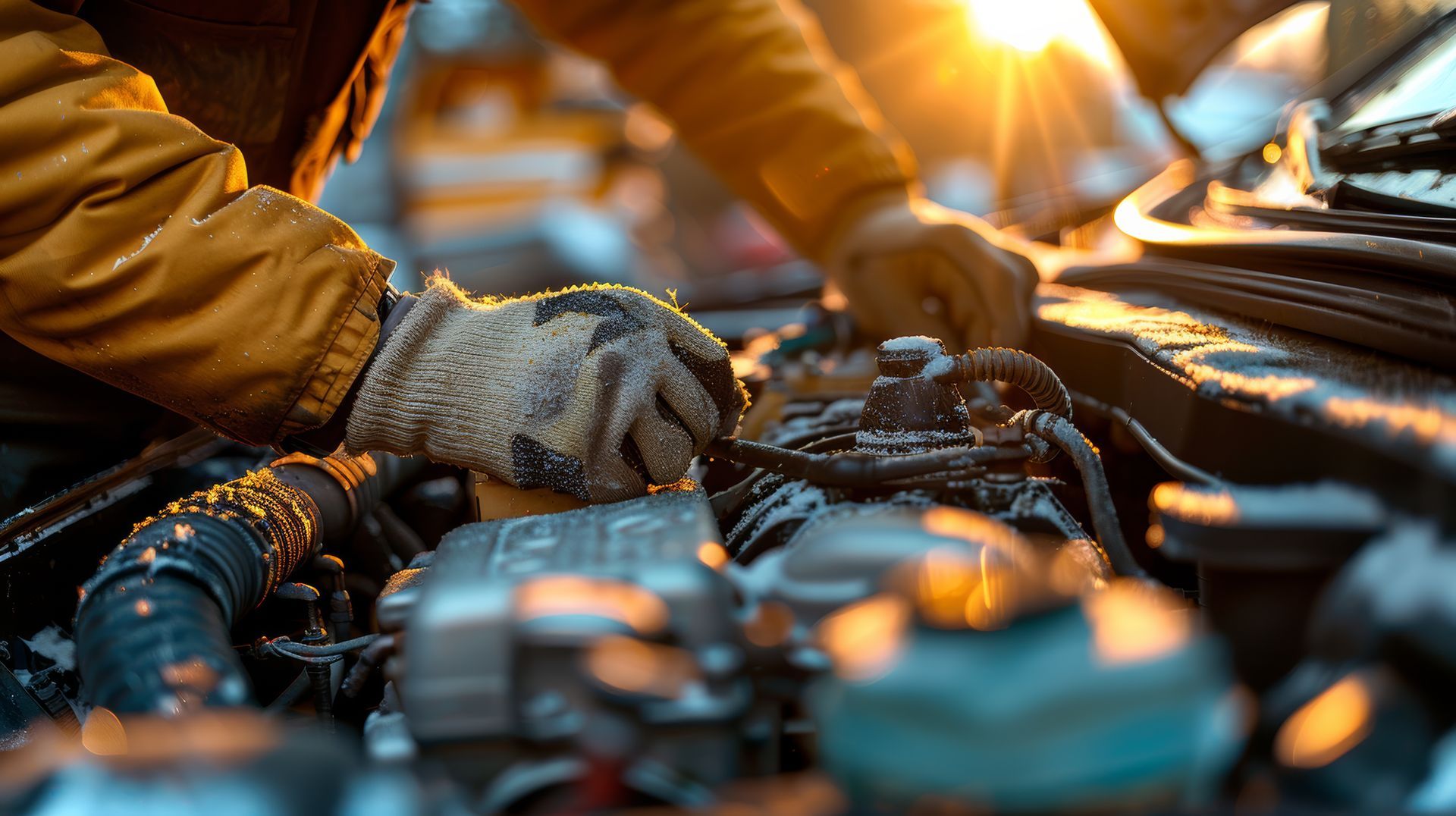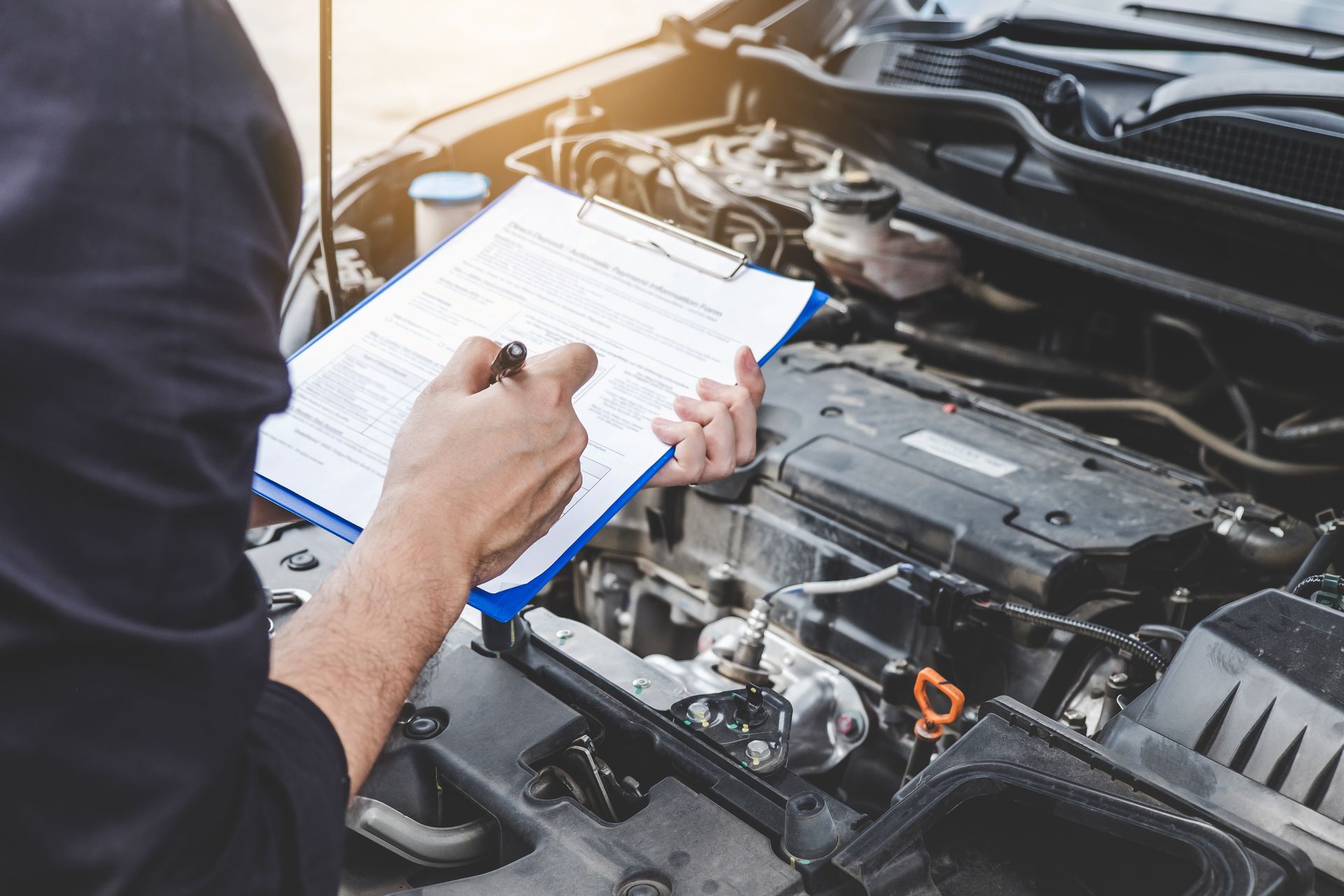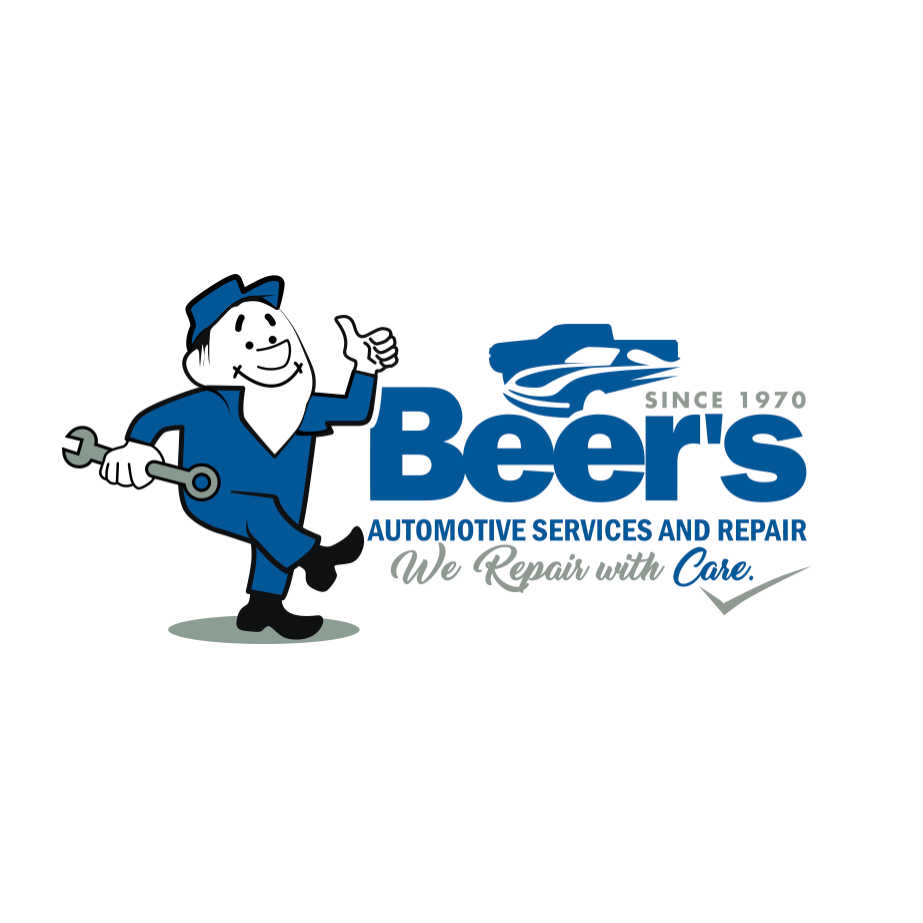Rolling Right: The Ultimate Tire Service Guide for Shelby Drivers
Why Tires Deserve Top Billing
Gone are the days when a simple inspection could reveal the root cause of a vehicle’s problem. Modern cars are complex machines, often requiring sophisticated diagnostic tools to identify issues accurately. At Beer's Automotive, we leverage cutting-edge equipment and up-to-date software to perform thorough inspections. This not only saves time but also ensures that we address the problem correctly the first time around.
1. Tire Anatomy 101: More Than Just Rubber
Before we dive into maintenance schedules and tech tips, let’s get familiar with what you’re rolling on:
| Component | Function | What to Watch For |
| Tread | Channels water, snow, and slush away from the contact patch. | Depth below 4/32" signals reduced wet traction. |
| Shoulder Blocks | Stabilize cornering loads. | Feathering or cupping indicates misalignment. |
| Sidewall | Absorbs impacts; displays sizing codes (e.g., 225/60R16). | Bulges, bubbles, or cuts demand immediate attention. |
| Bead | Anchors tire to rim. | Slow leaks often start here. |
| Inner Liner | Maintains air pressure. | Age-related cracking can lead to pressure loss. |
Knowing each area helps you spot issues early and explains why routine inspections at Beer's Automotive Services and Repair are far more than a box-check.
2. Air Pressure: The Two-Minute Habit
Underinflation is the silent tire killer—creating excess heat, sap fuel economy, and shaving thousands of miles off tread life. Make it a habit to:
- Check pressure monthly with a digital gauge while tires are cold (ambient temperature, not after a highway run).
- Follow the door-jamb placard—it reflects the vehicle-manufacturer’s engineered balance of comfort, grip, and load capacity, not the maximum psi printed on the tire.
- Adjust seasonally; pressure falls about 1 psi for every 10 °F drop. Shelby’s winters can easily swing 30 °F in a week, so keep a keen eye out.
3. Tread Depth & Tire Age: Knowing When to Say Goodbye
- Quarter Test: Insert a quarter upside-down into the tread groove. If Washington’s head is visible, you’re at ~4/32”—time to plan replacement.
- Six-Year Rule: Rubber hardens over time. Even with perfect tread, a tire older than six years (check the DOT date code) may lose wet-weather grip.
- Wear Bars: Integrated at 2/32"—the legal limit in Ohio. Waiting this long dramatically raises hydroplaning risk.
4. Rotation Routines: Extending Tire Life the Smart Way
- Every 6,000–8,000 miles or at each oil change.
- Pattern Matters:
- Front-Wheel Drive: X-pattern (front to rear opposite sides).
- Rear-Wheel / AWD: Rearward cross for directional stability.
- Directional Tires: Straight swap front-to-back on the same side.
5. Balancing vs. Alignment: Two Different Solutions for a Smooth Ride
Balancing
- Steering-wheel vibration at specific speeds.
- Premature cupping on tread edges.
Alignment
- Vehicle drifts left or right.
- Uneven tread wear on inner or outer shoulders.
- Crooked steering wheel when driving straight.
6. Seasonal Strategies: All-Season vs. Dedicated Winter Tires
- Dedicated Winter Tires (Three-Peak Mountain Snowflake rated) from November to March. Softer rubber and aggressive siping claw into ice and packed snow.
- All-Season or Summer Performance Tires when temperatures climb, delivering sharper handling and longer wear in warm months.
7. Choosing Replacement Tires: Reading the Sidewall Like a Pro
- Load Index & Speed Rating: Ex. “91V” means 1,356 lb per tire and up to 149 mph. Stay equal or higher than OEM specs.
- UTQG Rating: Treadwear, traction (AA, A, B, C), temperature (A, B, C). A higher treadwear number outlasts a lower one under identical conditions.
- Rolling Resistance: Lower numbers improve fuel efficiency—ideal for commuters.
- Noise Rating: Modern tires often display a decibel symbol; choose quiet tread for highway serenity.
8. Repair or Replace? Industry-Approved Limits
- Nail in Tread: If puncture is less than ¼ " diameter and within the central tread, a combination plug-patch repair is safe.
- Sidewall or Shoulder Damage: Replace. Flexing sidewalls cannot hold a reliable patch.
- Multiple Closely Spaced Repairs: Potential structural weakness—replacement prevents blowouts.
9. TPMS & Digital Monitoring: Your Dashboard’s Best Friend
- Diagnose Fault Codes when the TPMS light blinks (sensor battery typically lasts 7–10 years).
- Re-program Sensors after tire swaps or seasonal changes.
- Offer Retrofit Options for older vehicles, giving you real-time pressure alerts via smartphone.
10. Emerging Tire Tech 2025: What’s Rolling Next
- Self-Sealing Treads: Embedded liquid polymers seal punctures instantly up to 4 mm.
- EV-Specific Compounds: Reinforced sidewalls handle battery weight, and tread patterns minimize electric-motor noise.
- Recycled & Bio-Rubber Blends: Manufacturers target 40 % sustainable materials by 2030.
- Smart Tires with Embedded RFID: Communicate tread depth and temperature data directly to service centers—scheduling maintenance automatically.
11. Our Tire Service Process: Transparent, Thorough, Trustworthy
- Digital Inspection: We photograph tread depths, sidewalls, and brake components—so you see what we see.
- Consultation: Explain findings in plain language, prioritize urgent items, and quote before work.
- Precision Service: Certified tire technicians use torque-stick and digital torque wrench methods—no over-tightened lug nuts.
- Post-Service Road Force Test: Confirms ride quality.
- Service Report & Maintenance Plan: Mileage-based reminders for rotation and alignment keep your investment performing.
12. DIY Tire Care Between Visits
- Invest in a Quality Gauge: Accuracy beats gas-station units.
- Store Seasonal Sets Properly: Cool, dry location; stack tires flat or hang on dedicated hooks.
- Use a Torque Wrench: When doing a home rotation, torque to manufacturer specs to avoid warped rotors.
- Check Spare Tire: Full-size or donut, inflate it whenever you check the mains—nobody enjoys a flat spare on the roadside.



